If you’re a fan of horror, there’s something magical about watching black and white and silent supernatural films. These movies are like time capsules, offering a glimpse into the roots of the genre. They may not have flashy special effects or surround sound, but their eerie charm and haunting imagery remain unmatched.
In this article, we’ll explore some iconic films that every horror enthusiast should watch. From psychological thrillers to tales of witchcraft and vampires, these classics will take you on a journey through the evolution of horror cinema. So grab your popcorn, dim the lights, and let’s dive into the spooky world of classic black and white horror films.
Why Watch Old Horror Films?
Watching old horror films is more than just nostalgia—it’s an education. These movies laid the foundation for modern horror. They introduced themes like witchcraft, zombies, and vampires, which continue to inspire filmmakers today. Plus, there’s a certain charm in their simplicity. Without relying on CGI, these films used creative storytelling, lighting, and sound to create fear.
For horror fans, exploring these classics is like tracing the DNA of the genre. You’ll see how far horror has come while appreciating the raw creativity of early filmmakers. Let’s look at some must-watch films that define the golden age of horror.
1. Carnival of Souls (1962): A Haunting Psychological Thriller
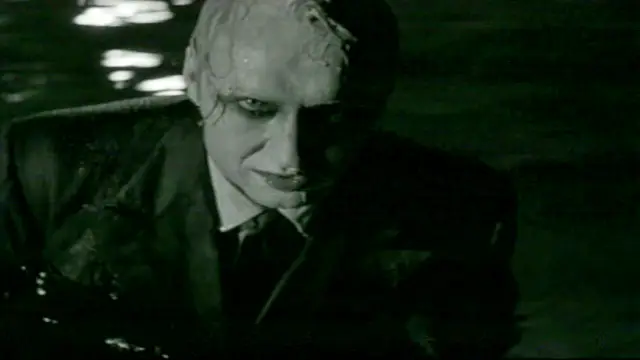
Director: Herk Harvey
Why It’s Special: Despite its low budget and technical flaws, Carnival of Souls remains a cult favorite. The film tells the story of Mary Henry, a woman who survives a car accident only to find herself haunted by a mysterious figure.
What makes this movie stand out is its atmosphere. The black and white photography adds to the eerie tone, making every scene feel unsettling. Mary’s journey takes her to an abandoned pavilion, a location that becomes central to the film’s chilling mystery.
The movie also explores themes of identity and existence. Mary begins as a confident woman but slowly loses her grip on reality. This transformation is both relatable and terrifying. Carnival of Souls proves that even imperfect films can leave a lasting impression.
2. White Zombie (1932): The First True Zombie Film
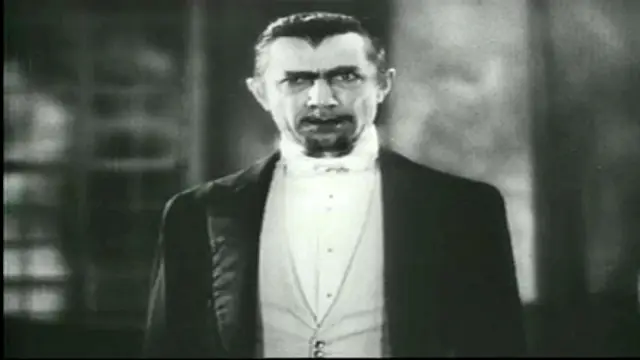
Director: Victor Halperin
Why It’s Special: If you’ve ever wondered where zombie movies began, look no further than White Zombie. This film predates George Romero’s flesh-eating zombies and focuses instead on voodoo and mind control.
The story revolves around Charles Beaumont, a man obsessed with Madeline, a woman engaged to someone else. To win her love, he enlists the help of Legendre, played by horror legend Bela Lugosi. Legendre turns Madeline into a zombie, raising questions about love, control, and morality.
White Zombie is packed with classic horror tropes: cemeteries, full moons, and eerie castles. While it may seem clichéd now, these elements were groundbreaking at the time. Lugosi’s performance is unforgettable, proving why he became a horror icon.
3. Faust (1926): A Masterpiece of the Supernatural
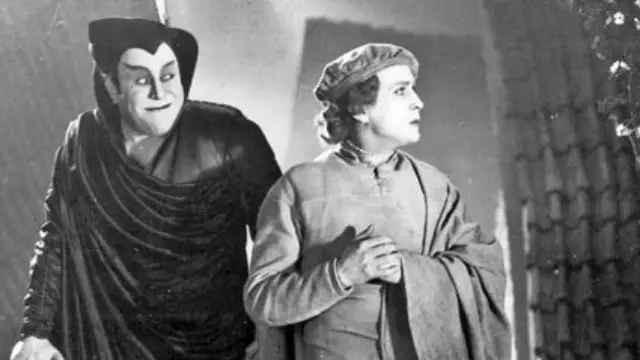
Director: F. W. Murnau
Why It’s Special: Known for his work on Nosferatu, Murnau crafted another gem with Faust. This silent film tells the story of a man who sells his soul to the devil, personified by the menacing Mephisto.
The visuals in Faust are breathtaking. Scenes like Mephisto looming over a town with his massive wings or Faust flying through the skies on a magic carpet are pure cinematic art. Murnau’s ability to evoke the supernatural is unmatched, influencing directors like Francis Ford Coppola.
Though it’s a silent film, Faust speaks volumes through its imagery. Watching it requires patience, but the payoff is worth it. This is a film that transcends its era, offering timeless lessons about temptation and redemption.
4. Haxan: Witchcraft Through the Ages (1922): A Bold Exploration of Superstition
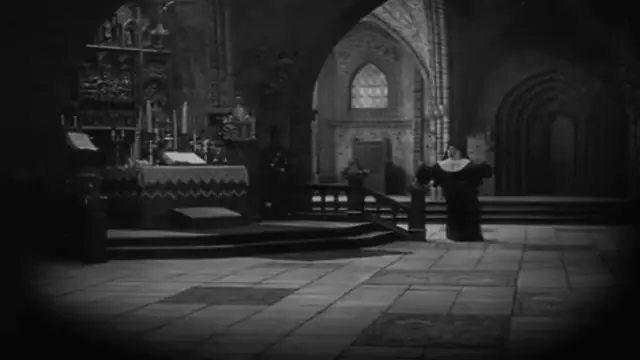
Director: Benjamin Christensen
Why It’s Special: Part documentary, part dramatization, Haxan delves into the history of witchcraft. It examines how women were persecuted for defying societal norms or simply being different.
The film doesn’t shy away from shocking imagery. Scenes of witches gathering for rituals or Satan visiting a woman in her bedroom are both fascinating and disturbing. Director Christensen plays multiple roles, including Satan himself, adding to the film’s surreal quality.
Haxan challenges viewers to reflect on belief systems and superstitions. Why do societies demonize certain groups? How do perceptions change over time? These questions make the film as relevant today as it was a century ago.
5. Vampyr (1932): A Surreal Nightmare About Death
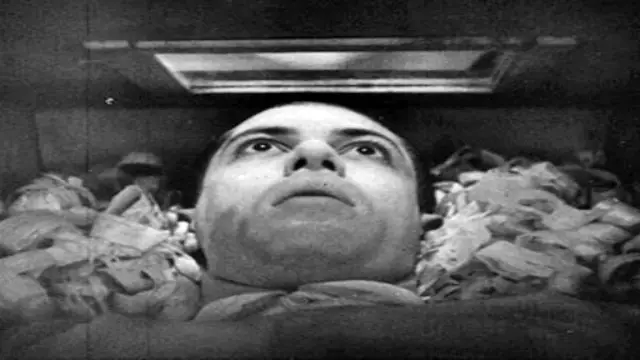
Director: Carl Theodore Dreyer
Why It’s Special: Vampyr is unlike any other vampire film. It’s dreamlike, disjointed, and deeply unsettling. The story follows a young man obsessed with the supernatural, who finds himself protecting two sisters from a vampire.
Dreyer uses visual tricks to create a nightmarish atmosphere. Shadows move independently, and scenes blur the line between reality and fantasy. The film feels like a fever dream, leaving viewers disoriented yet captivated.
Shot during the transition from silent to sound films, Vampyr retains the aesthetic of silent cinema. Its grainy, worn look enhances the eerie vibe. Though short, the film leaves a lasting impact.
6. Black Sunday (1960): A Gothic Tale of Revenge
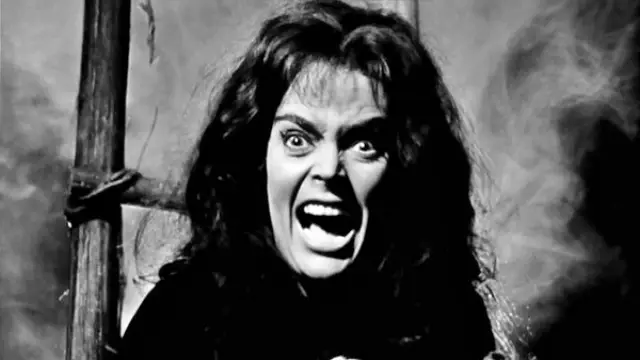
Director: Mario Bava
Why It’s Special: Also known as The Mask of Satan, Black Sunday is a masterpiece of gothic horror. The film centers on Princess Asa Vajda, a witch executed for consorting with Satan. Her vow of vengeance sets the stage for a chilling tale of resurrection and terror.
Bava’s direction is flawless, blending suspense and shock. The opening scene, where Asa is burned at the stake, is unforgettable. Barbara Steele delivers a mesmerizing performance as the vengeful witch, cementing her status as a horror icon.
Though shot in black and white, Black Sunday is visually stunning. Bava’s use of light and shadow creates a hauntingly beautiful world. Fans of Universal Monster films will appreciate its homage to classic horror.
Why These Films Still Matter
These black and white and silent supernatural films aren’t just relics of the past—they’re essential viewing for anyone interested in horror. They showcase the power of storytelling and imagination, proving that fear doesn’t need fancy effects to be effective.
By watching these classics, you’ll gain a deeper appreciation for the genre. You’ll see how themes like witchcraft, zombies, and vampires have evolved over time. And most importantly, you’ll experience the thrill of discovering hidden gems that continue to inspire filmmakers today.
Final Thoughts
Whether you’re a seasoned horror fan or a newcomer to the genre, these films offer something unique. Their spooky charm and innovative techniques remind us why horror is such a beloved genre.
So, next time you’re in the mood for a scare, skip the latest blockbuster and revisit these timeless classics. Trust me—you won’t regret it. After all, true horror lies not in what we see, but in what we imagine.

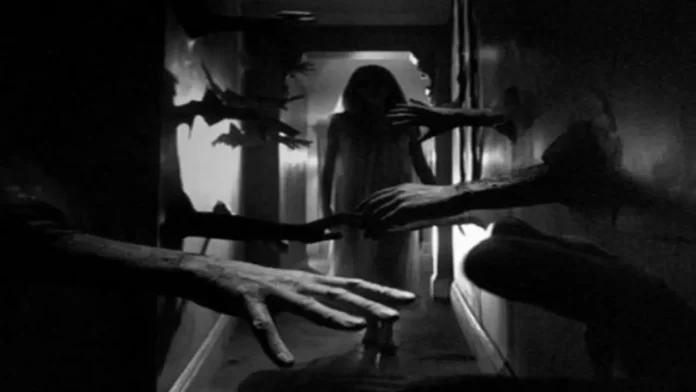
![White Zombie (1932) Trailer [HD]](https://www.gsnsp.com/wp-content/cache/flying-press/Qzum68zgBl4-hqdefault.jpg)